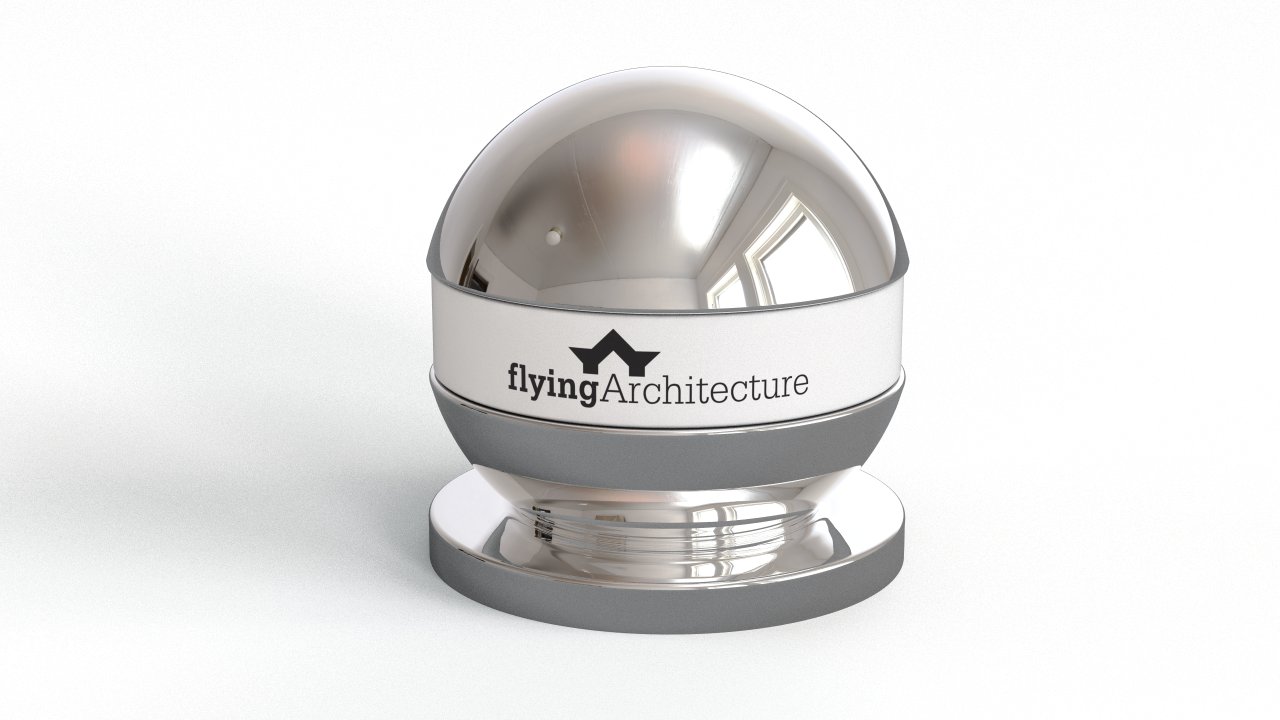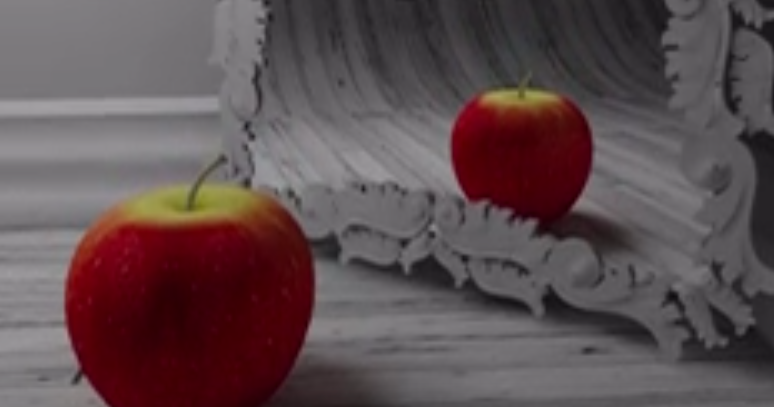

- VRAY SKETCHUP MIRROR MATERIAL HOW TO
- VRAY SKETCHUP MIRROR MATERIAL FULL
- VRAY SKETCHUP MIRROR MATERIAL SOFTWARE
> 'Refraction Color' set to a bright color for the tint > 'Reflection IOR' on and equals 1.6 (or whatever you need)
VRAY SKETCHUP MIRROR MATERIAL HOW TO
And here is the answer to your Question: How to create mirror material in vray sketchup question, read on.
VRAY SKETCHUP MIRROR MATERIAL SOFTWARE
This CAD software continues to be a popular and valued CAD alternative many consider it the industry standard all-purpose engineering tool.
VRAY SKETCHUP MIRROR MATERIAL FULL
To have full control you can do the following from scratch: Sketchup is one of the most popular CAD applications used in companies around the world.

If on the other hand you have to use single-sided surfaces (for windows let's say) you can create a Fake_Glass. Simply adding a thickness to the face should resolve that. If your glass object has no thickness (is a single-sided surface) the fog density reaches infinity and leads to the dark shade that you see.

The fog color is based on the color specified and the thickness of the object in the scene (the further the ray travels in the volume the darker color you'll see). The reason why your material renders black is its Fog Color. Ohh and for reference, i'm suing Vray 3.6 but it was a similar thing in 3.4Hi matthewg, In case you need custom view-port material representation you can disable the Binding/Opacity toggle and manually set a value. The Opacity Binding is on by default which should give you better library materials representation out of the box. In V-Ray 3.6 we have material binding options which should help you with that. This has to be done manually for every material though. Simply changing the SketchUp material Opacity resolves it. In V-Ray 3.4 the material refraction was not synchronized with the SketchUp Opacity and that's the reason why glass was black in the viewport. Tried with glass thickness, apply by layer, etc. Only problem is when I apply material Vray Glass Neutral form library onto a material, it shows up black in SU but still renders ok. haven't used Vray for SU in years but its so much easier to use. Replace All References will overwrite the Generic material in both Two Sided and Multi Material.First time post. For example, a Generic material is used as part of Two Sided and Multi Material. Then, use the Replace In Scene option over the chosen material or the Replace All References to replace this material in all places that is used. Select a material to Use as Replacement for any other material in the scene. The Select Objects in Scene option allows selection of groups or components in the viewport that the material will be applied to. Diffuse Texture Alpha The diffuse texture alpha channel controls the opacity. Custom Source When enabled, V-Ray uses an alpha channel to control the material opacity. A texture map can be assigned to this channel. Opacity Specifies how opaque or transparent the material is. Use the Apply to Selection option and select an object or an object face to apply the material on it. Some options are available only in Advanced mode. Use the Apply To Layer and select any layer to apply the material. You can apply the material to the currently selected object, object's face, or to a layer. Right-click on any material in the Material's list for a context menu to appear. The Search Scene field will search the assets by name from all the categories that are selected.

Once your gradient map is created, follow the settings provided below. There are some context options that V-Ray materials have. In the case of a gradient glass material, we need to select Fog Color under the ‘Refraction’ tab and add a gradient map (As shown in the image below).


 0 kommentar(er)
0 kommentar(er)
